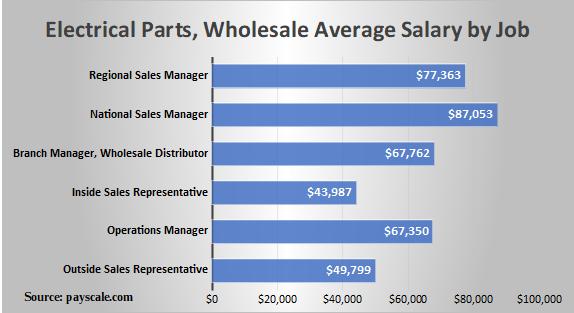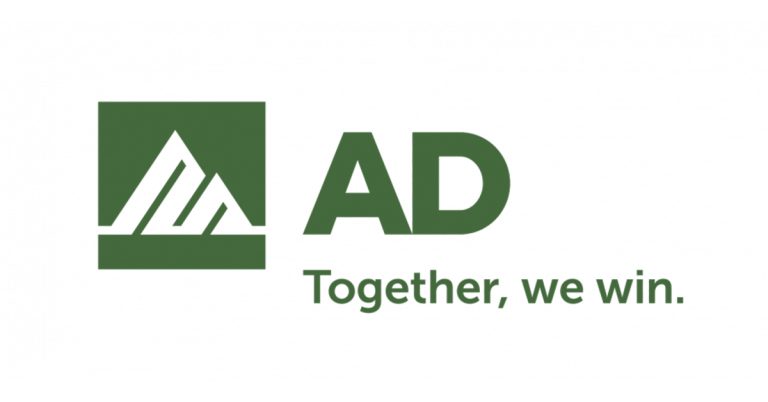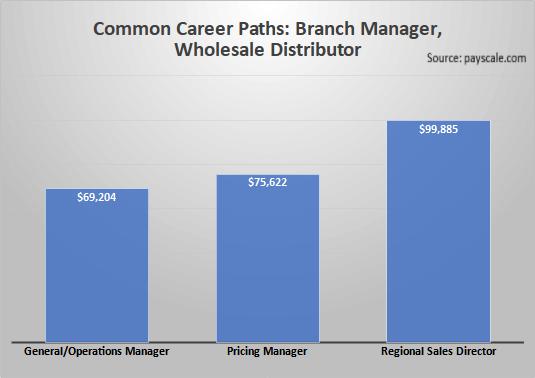Advice for Distributor-friendly Manufacturers

Aug 29, 2019
By Frank Hurtte
Last week I received a question which is worthy of sharing. This was more than just a question; it was positive reinforcement. There are executives in the manufacturing world who believe distribution is key to their success. Thinking further, some of these leaders are exploring ways to help their distributor channels improve and prosper.
This was the question: In a world where some of our competitors are quick to take business direct and bypass the distributor all together, what can a distributor-friendly manufacturer do to help their distributors outperform the pack?
Since I believe manufacturers need to get their distributor channel into shape for the fight — a battle for the very market distributors and their partners created — I felt it appropriate to share some thoughts.
The following things are imperative to the health of the channel.
1. Shed distributors who are not performing. We analyzed one manufacturer’s channel and discovered 35% of their distributors did less than $10,000 per year in sales (of products that cost at minimum $2,000). While these are nice people, they’re not really distributors. Also, they likely lack the product skills and expertise to really take care of customers. As cold and cruel as it may sound, thinning the herd improves the overall quality of the channel. As far as the sub-$10,000 distributors on this list, careful analysis indicated many of them sold competing lines and used my client’s line as a tool for blocking “real” distributors in their effort to serve the customer properly.
2. Develop distributor programs that reward activities, not volume. While it is important to understand there is a certain threshold for being a distributor, don’t base rewards and pricing on volume. While mega-distributors bring in massive volume, oftentimes they are not actively involved in selling products; they simply service existing business. Actively identifying new applications and breaking into competitive accounts is costly. Programs based on things like in-house expertise, application support, and customer training encourage distributors to expand their market. Paying for these activities makes far more sense than a pure volumetric reward program.
3. Understand your distributor’s business model. Distributor associations publish profit analysis reports. Reviewing these allows you to better understand the gross margin levels needed to drive profitability. Looking for ways to reduce duplication of effort and streamline operational processes allows distributors to operate profitably when slimmer margins are required. Helping your distributors be better helps everyone.
4. Minimize distributor conflict. Some manufacturers believe, “If one distributor in a territory is good, three would be great.” One distributor per market (not territory) works better. If you have distributors calling on verticals, assign one distributor per vertical. The sad truth is channel conflict is expensive for manufacturers to manage and generally drives down gross margins for distributors. Your energy is better focused on getting competitive business.
5. Think outside the box on distributor marketing. The days of company-branded golf balls, hats and trinkets are over. While customers still like free stuff, the practice does not drive the business forward. This and some other marketing practices are just hard-to-kill leftovers from days of old. Look for creative ways to employ social media, more specifically LinkedIn, to locate real qualified leads in the distributor’s territory, work the leads together, and measure the results. If the plan doesn’t work, try something else.
6. Train and incent your (manufacturer) sales team to work closely with distributors. Strangely, perhaps ironically, there are manufacturers using compensation plans that actually discourage salespeople from working closely with distributors. Nothing works better than strong cooperation between distributor and manufacturer at ground zero — where customer and solution come together. Years ago, I heard one manufacturer sales executive disparage distributor work as the “Taurus 221” sales plan, meaning two people from two companies arrive in two Taurus company cars to call on one customer. Without a doubt, unplanned or poorly planned buddy calls are expensive. When properly orchestrated, however, they are one of the most powerful tools in the distributor/supplier selling arsenal.
7. If you use reps (rather than direct salespeople), understand if you have rep disconnect. Not every rep works well with every distributor. If your rep has products that your best distributor sees as competitive, issues will arise. If your rep has a reputation of not being trustworthy, the issue turns into a big problem. Let me go on record, I completely support the independent sales agency model. Management is required. Far too many companies go into the “hire and forget” mode. Regional managers, like the sales managers of direct sales teams, must manage their reports. If tension exists between rep and distributor, business will suffer.
8) Always insist on a management champion at your distributors who can break down hurdles. Problems arise in every relationship. The distributor/supply partner relationship is no different. Those who can speak frankly, resolve issues, and get back on track quickly are stacking the deck for mutual success.
9) Develop a real working distributor advisory council (DAC). Wholesale distribution as an industry exists in a state of flux. With the right selection of people, they can provide an early warning system of disruption coming down the line. Some of the news will not be pleasant, other times you’ll jump for joy. The point is the sharing of the good, the bad and the ugly needs to be unvarnished and straightforward. River Heights Consulting has provided guidance and advice in the DAC space since the very early days. Along the way, we’ve seen growth in the partnership enjoyed by distributor and supplier alike.
10. Servant leadership to your channel is a good thing. Most manufacturers ask themselves the following:
• What are distributors doing for us?
• What are their sales numbers?
• What is their inventory?
• What new customers have they brought us lately?
These are all great questions. Distributors need to perform. Distribution isn’t a lifestyle, it’s a valuable business model. Without the performance, the model doesn’t make sense. Forward-thinking manufacturers (like my friend who forwarded the question) regularly switch the focus and ask themselves a different set of questions. Here are five of those questions:
• How can I help my distributors operate their business more efficiently and effectively?
• Does a bureaucracy-driven process exist in our organization that needlessly adds to distributor costs?
• What kind of technologies do I have that might be shared with our distributors?
• Can we fund skills training for our distributors to improve their operations?
• Will establishing distributor networks within our channel help distributors develop better plans for the long-range future?
Frank Hurtte is the Founding Partner of River Heights Consulting. The Distributor Channel is a service of River Heights Consulting. Find out more.










